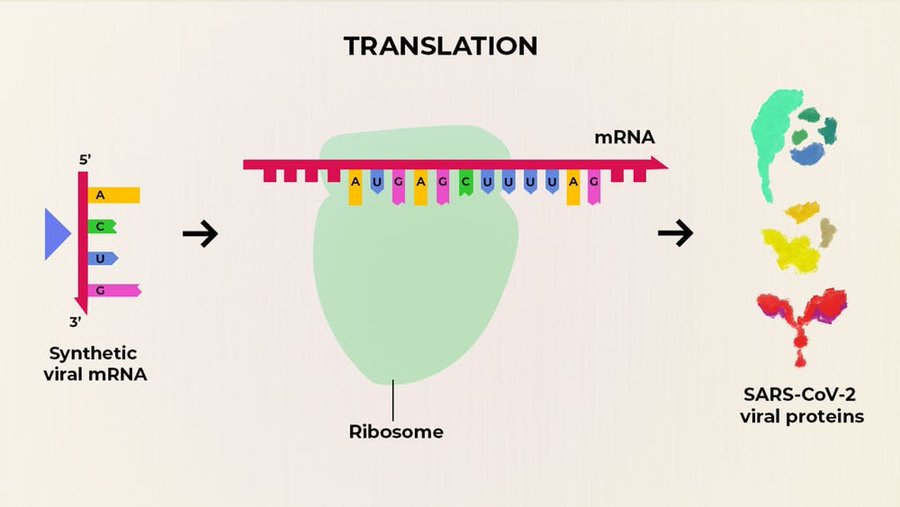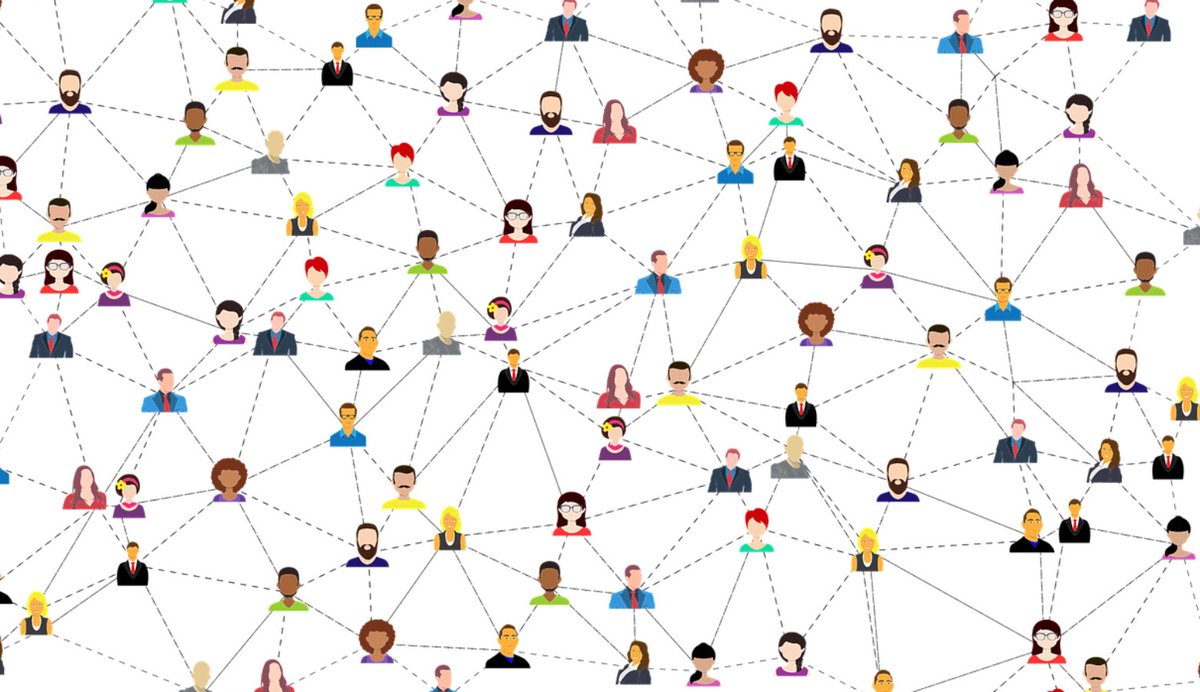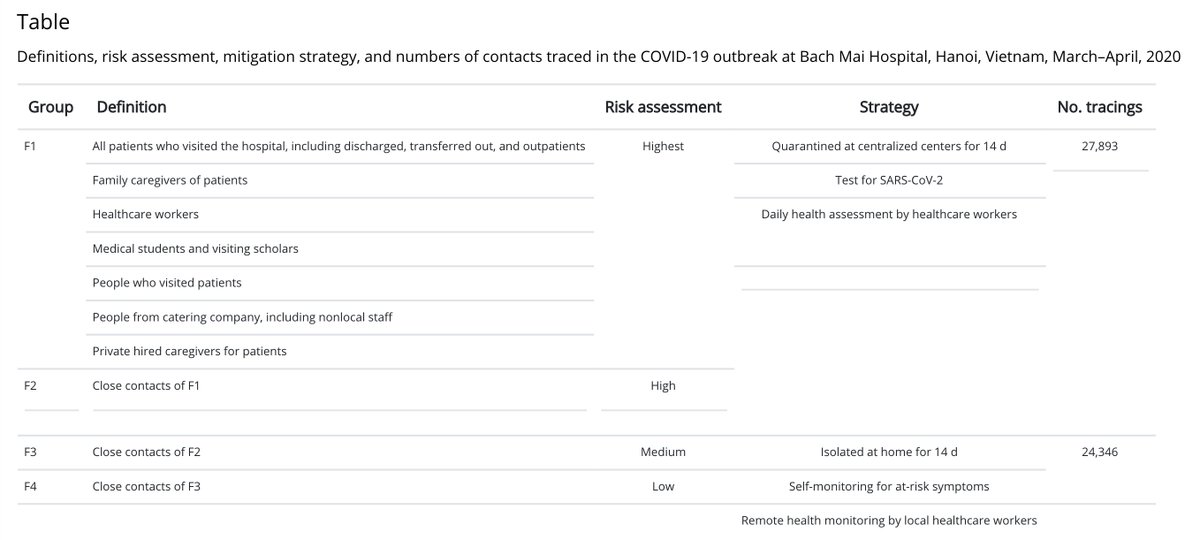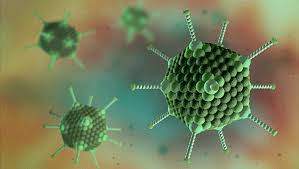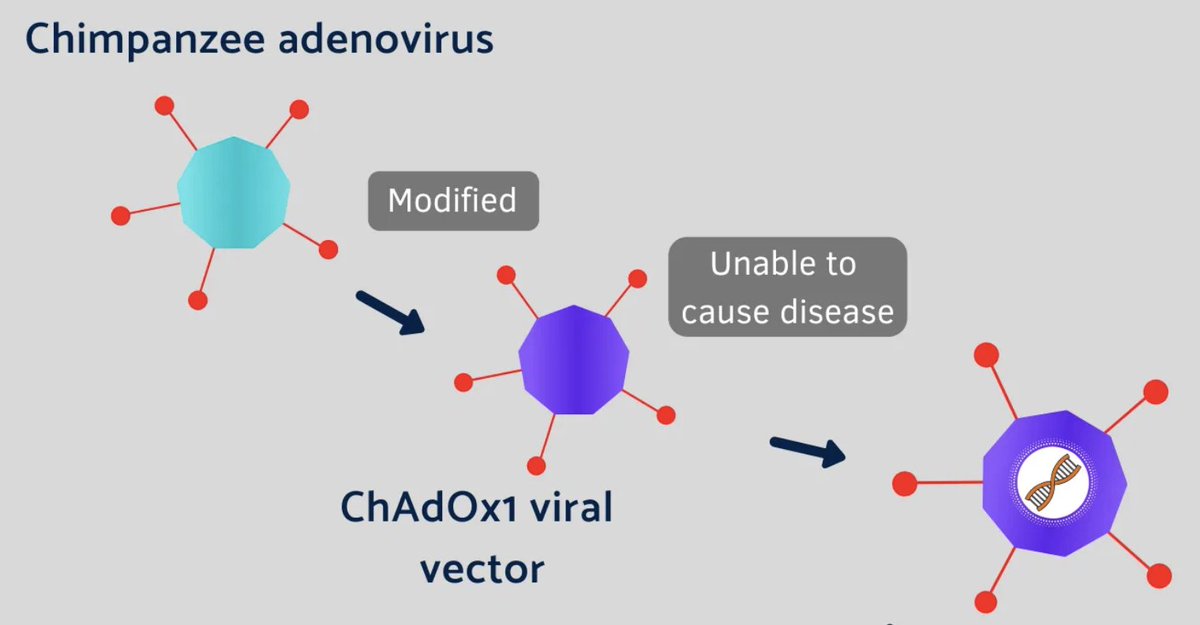
1/📌The UK #SARSCoV2 variant reported to be 70% more transmissible harbors a set of mutations in the Spike protein––the part of the virus that touches the human ACE2 receptor and allows the virus entry into our cells. One mutation, N501Y, allows Spike to bind ACE2 more tightly🧵 

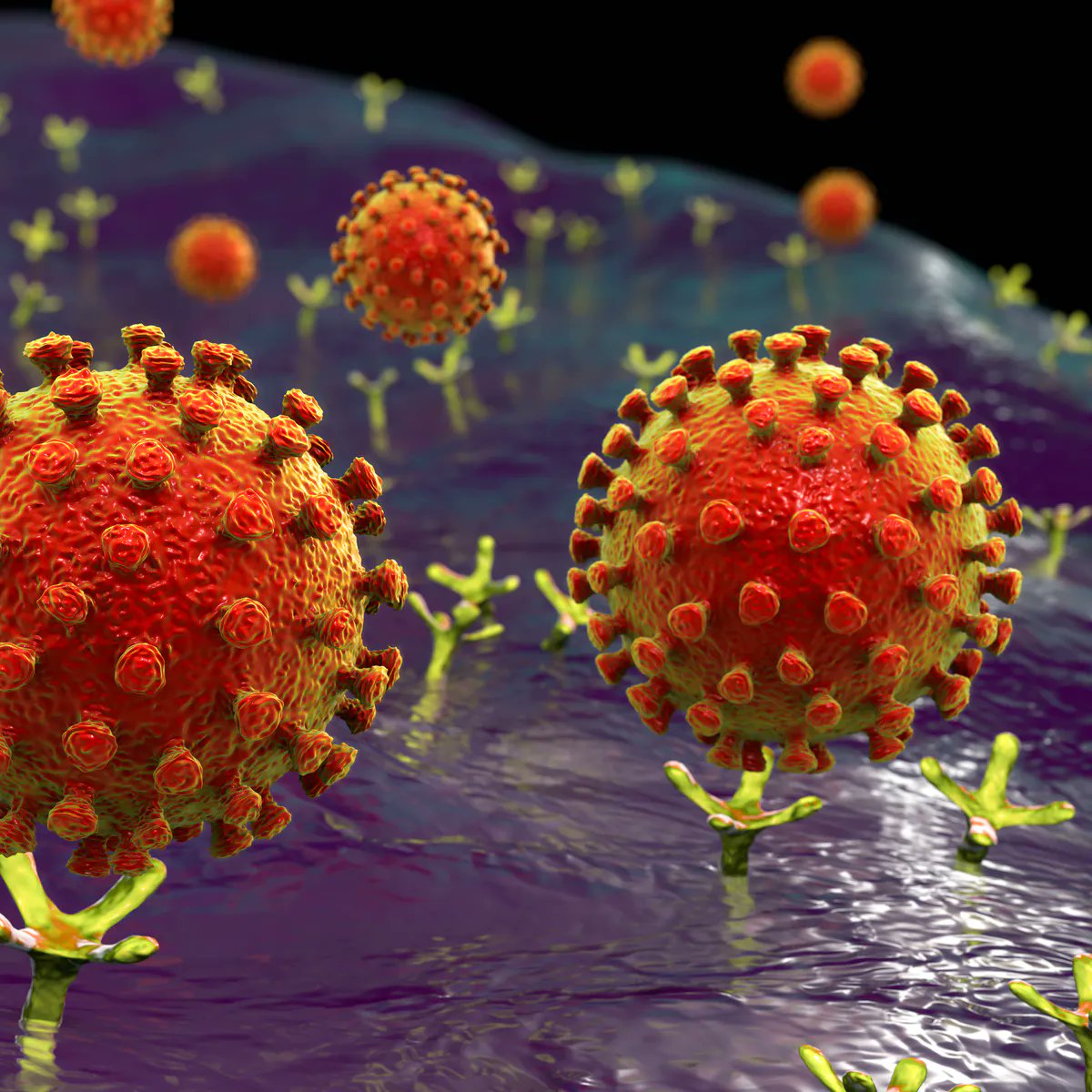
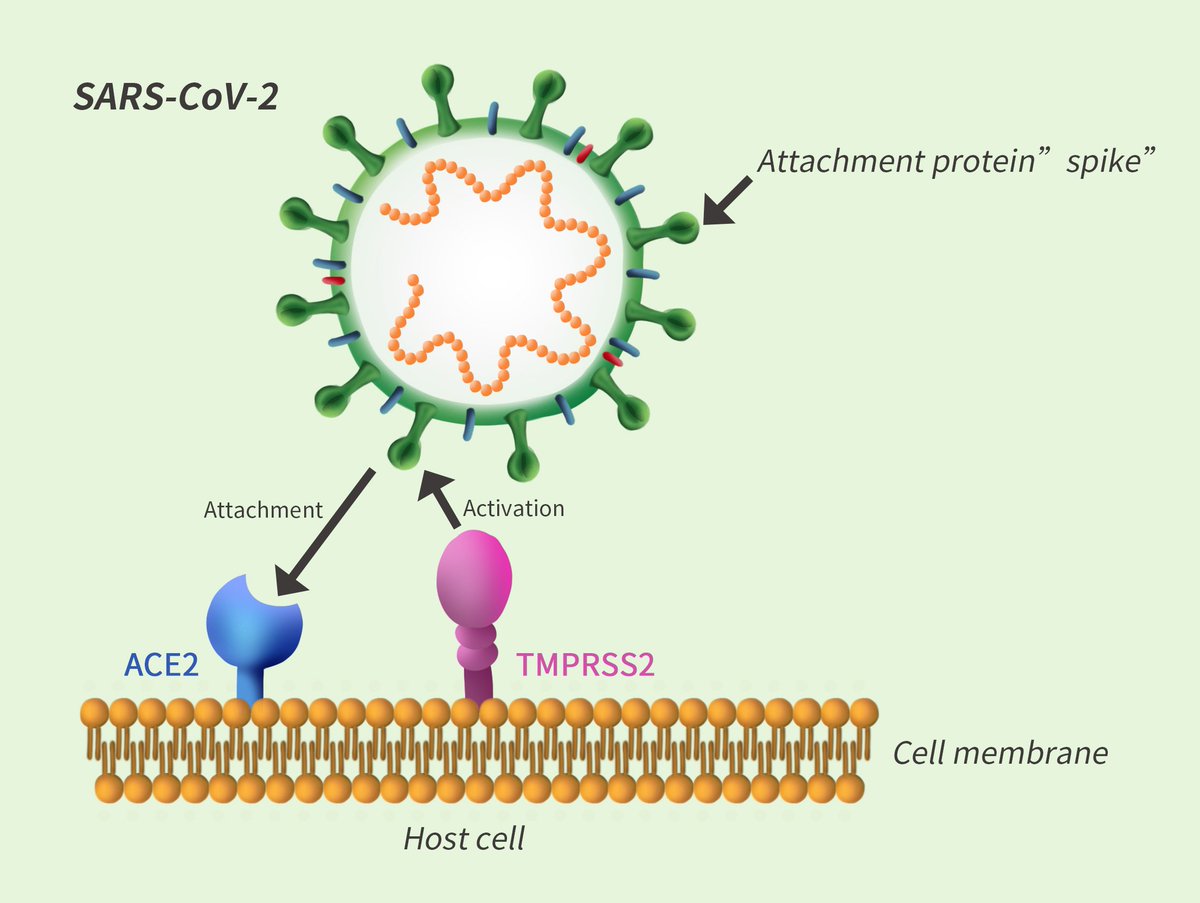
2/Another mutation, P681H, is near Spike's "Furin cleavage site" Unclear what the mutation does, but the location is significant because it's where enzymes "process" Spike, helping virus infect airway cells & enable efficient human-to-human transmission: rb.gy/sp0p34 

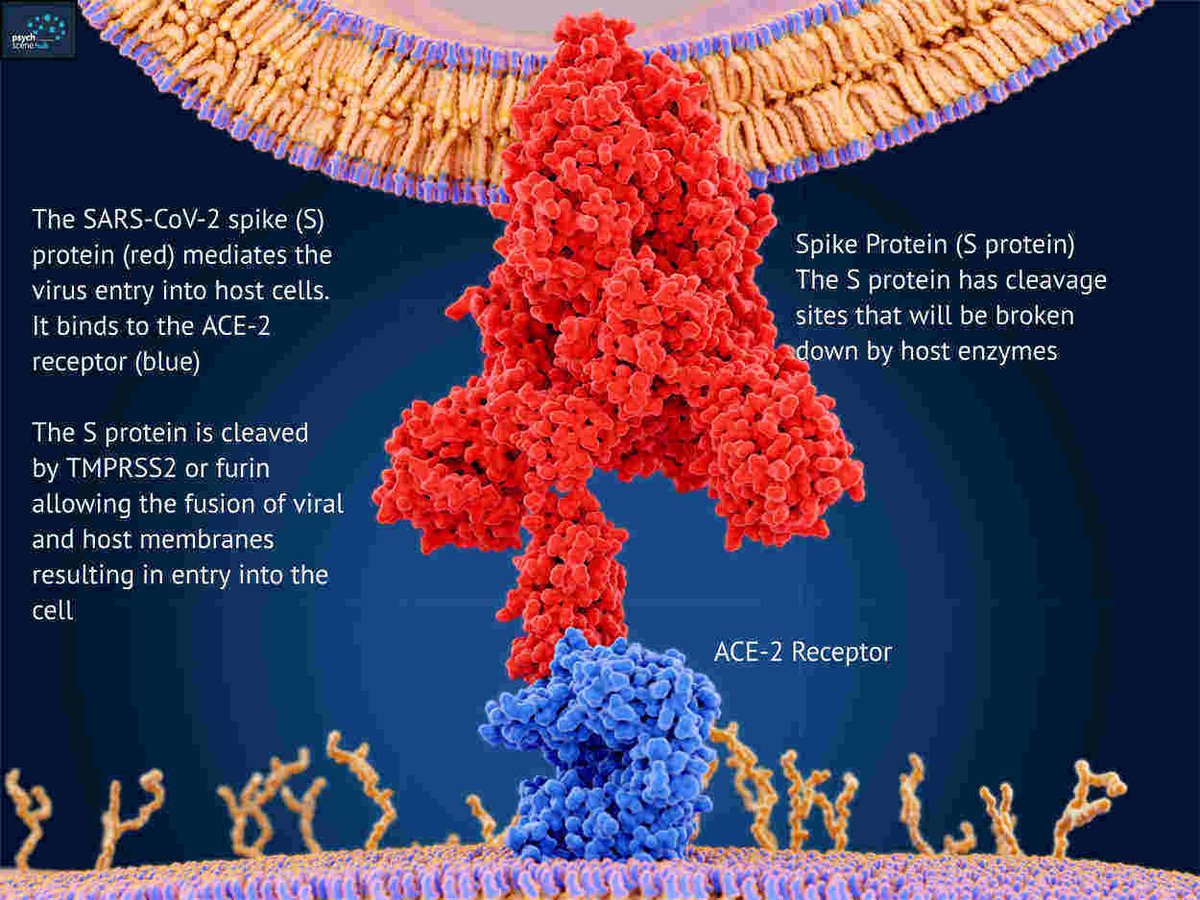
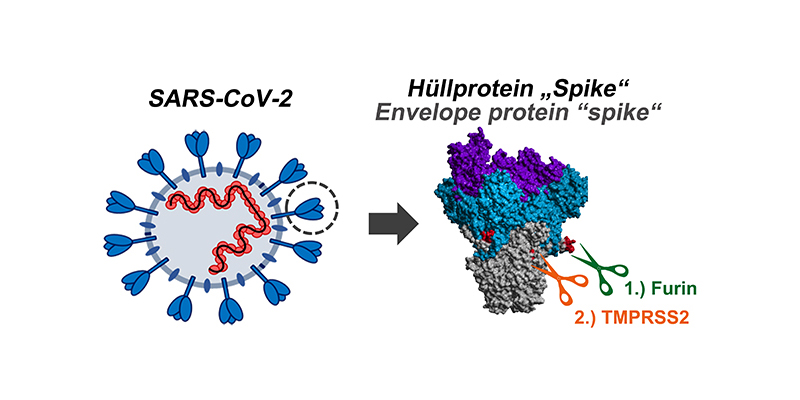
3/these mutations are accumulating in the backdrop of another mutation, D614G, which has become dominant, globally, and has enhanced infectivity and replication fitness. It's even been shown, experimentally, to transmit faster through droplets & aerosols in hamsters. 
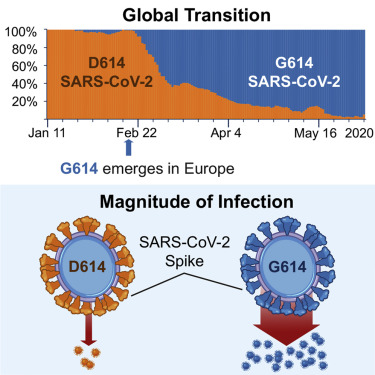
4/In that experiment, naive hamsters caught the virus faster from hamsters that carried the D614G variant, vs hamsters that carried the original (WT) strain. So one would also expect earlier transmission of D614G in humans.
biorxiv.org/content/10.110…

biorxiv.org/content/10.110…
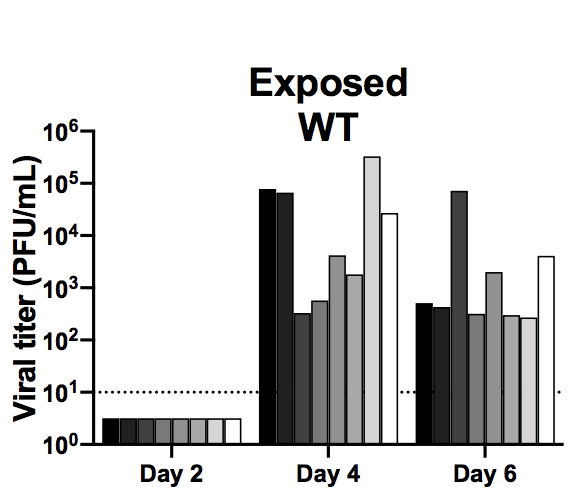
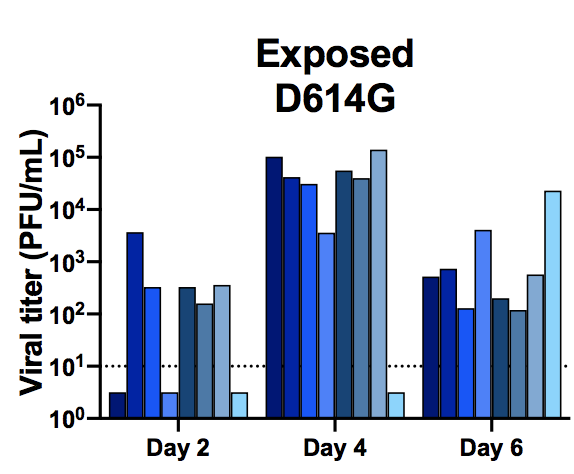
5/These are just a few of the many mutations this virus is accumulating. Every time it replicates, we give it the opportunity to mutate. And if those mutations render drugs and vaccines ineffective, which is possible, we'll be in a lot more trouble.
virological.org/t/preliminary-…
virological.org/t/preliminary-…
• • •
Missing some Tweet in this thread? You can try to
force a refresh


